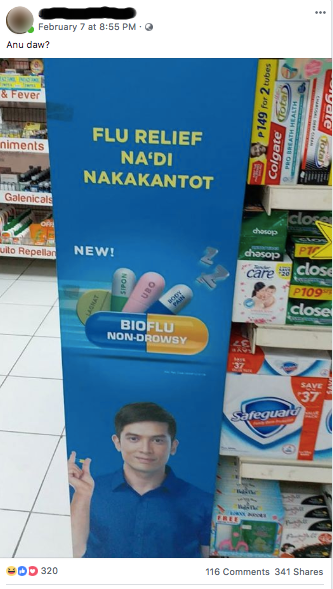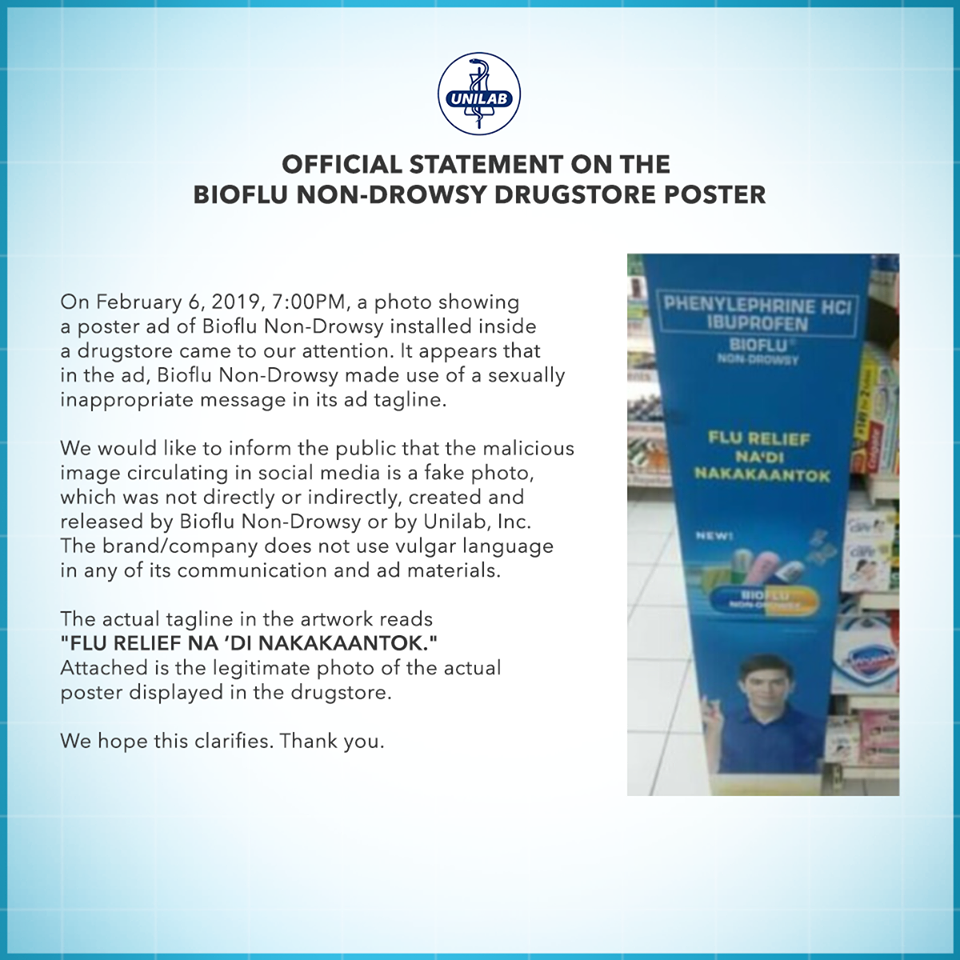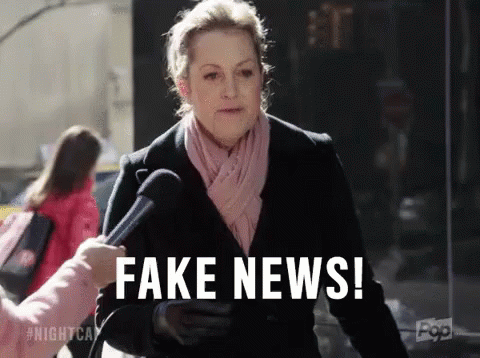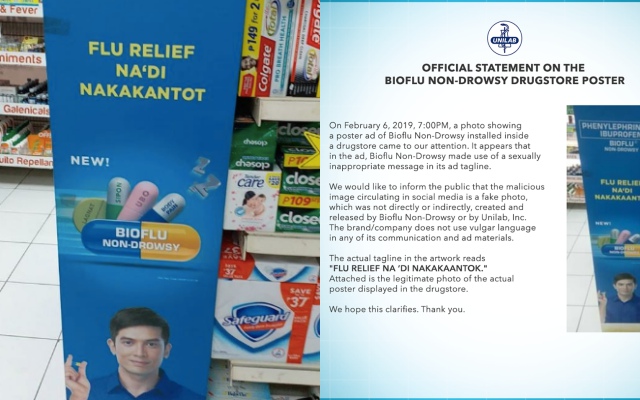The rise of social media helps people to communicate, share information, send direct messages, and, even advertise brands.
However, this supposedly “useful” websites have become a plethora of false information for many – as some people tend to confuse online users by editing photos and using filters to make perfect attention-grabbing images.
And recently, a photo of a medicine brand went viral on Facebook because of the alleged typographical error shown in the drugstore poster. The post garnered mixed reactions from netizens because of its “malicious” content. While others found it entertaining.

With this, the pharmaceutical company made a public announcement to address the issue, clarifying that the viral photo is actually fake and edited.

We probably all know that editing photos can be done in seconds – be it adjusting or correcting your skin color or applying touch-ups with image-editing software. This only shows that a lot of us may not actually be adept in spotting fabricated photos. Here, InqPOP! has listed a few items for checking when dealing with incredible imagery on social media:
- Do a reverse-search on Google. You can do this on desktop by typing image.google.com and uploading a questionable material–Google will give you similar images, which you can spot check for discrepancies.
- Check the pages/accounts of the ones uploading questionable images–are the pages or accounts constantly sharing pieces of fake/unreliable content? You can usually see a pattern for raking likes just by checking their previous posts.
- Search through news items pertaining to circulating/viral photos from reputable sources–such as in the case of the Bioflu picture, where media companies were issued an official statement by Unilab. Such a grave mistake in real life would have made news already.
- Use your common sense. If something doesn’t seem or feel right, then it probably really isn’t. Question yourself–in the case of Bioflu, would the artwork really make it through the production process with such a questionable copy?
So, in a world where bad information prevails, let us take time to practice fact-checking because it is the only possible antidote to this “virtual” dilemma.

InqPOP!/VT
INQPOP Stories we think you might also like:
Is China’s fake Paris anything like the original?
Cartoons and Fake News: A Rude Awakening into the Plague of a Digital Society
This theme park in Osaka will give you fake friends for the gramy



